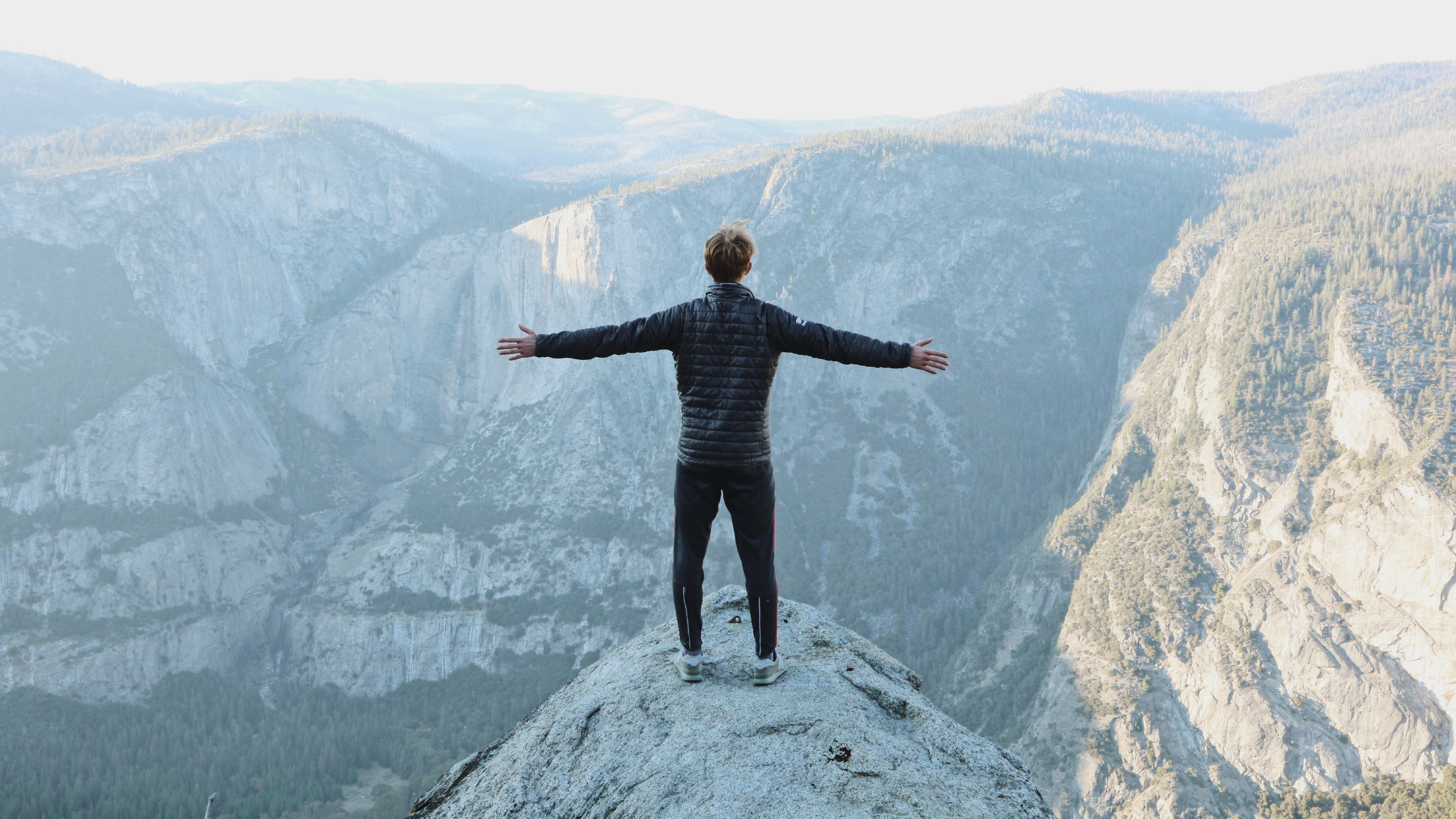
Clean Air for Equity
A breath of fresh air makes a difference to our whole society.
Clean air benefits people and can alleviate systemic injustices.
Project N95 imagines a bright future with healthy air for everyone.
The ongoing COVID-19 pandemic brought the importance of indoor air quality into sharp focus for the general public. SARS-Cov-2 is transmitted by airborne particles and accumulates in spaces with inadequate ventilation and filtration, increasing the risk of spread. Poor ventilation and filtration also means that indoor air pollutants can be two to five times higher than outdoor levels.
Our new Clean Air for All initiative broadens Project N95’s mission to provide equitable access to respiratory protection. Although no one organization can fully address the obstacles of low air quality, we can start to improve it together.
One crucial step is understanding and addressing the injustice inherent in our shared spaces. Indoor and outdoor air pollution is a serious barrier to environmental equity.
The Air Isn't Clean for Everyone
Environmental discrimination is no accident. Decades of unfair policies by the federal government and housing industry have created unfair living conditions in our cities.
Starting in the 1930s, "redlining" practices marked-off neighborhoods considered to be risky loan prospects.1 Although long-since deemed illegal because it targeted minorities, the impact is still in full force nearly 100 years later. Poor and non-White Americans are forced to live in separate neighborhoods.
Those neighborhoods also face much higher levels of air pollution than wealthy, predominantly White areas. Advocates for poor communities have shown that this is not a coincidence. Communities of color are frequently home to roads, landfills, factories, rail lines, and other facilities that expose residents to toxins.2
The design and implementation of the U.S. interstate highway system also contributed to physical and environmental segregation. Carbon monoxide and other automobile emissions continue to jeopardize these disadvantaged communities.1
Statistics provide clear evidence of what the environmental justice movement rightly describes as "environmental racism." Disparities persist to this day because the underlying social, economic, and policy factors are deeply entrenched and long-lived.
The Racist History of America's National Infrastructure
According to UCLA history professor Eric Avila, certain neighborhoods were intentionally targeted for major highway and infrastructure projects.3
"Black neighborhoods were considered to be blight." Policies mean to "eliminate" blight set forth with no regard the consequences. In the 1950s and 60s, "These neighborhoods were simply wiped out without any efforts to remediate the damage that was done." That had both short- and long-term impacts on the people living there.
Specifically, the creation of the U.S. Interstate Highway System had a significant impact on urban domains.4 Over one million people, mostly Black and Latino, were displaced from their homes in just the first two decades of construction. Other transportation, manufacturing, and waste-management projects continued to expand through cities, largely endangering the underprivileged.
Conversely, majority-White communities were able to avoid similar devastation. Wealthy neighborhoods exercised their political power to prevent unwanted construction. This imbalance further embedded existing inequities of the time and guaranteed enduring repercussions on poor areas.
Inhabitants of cities and neighborhoods with highways, manufacturing, and ports still face alarming levels of unsafe substances. Minority communities continue to suffer as a result.
What Air Pollution Does to Communities
Children, the elderly, and people living among contaminated air are especially susceptible to the many associated health problems. Students and schools with poor air quality demonstrate a drop in academic achievement and learning outcomes.5

Poor air quality leads to serious health problems.
Respiratory illness—asthma, bronchitis, lung disease—as well as heart attacks and even premature death are associated with unhealthy air.

Air quality changes our ability to think and learn.
Students with clean air in their classrooms consistently demonstrate better performance, attendance, and achievement than their peers.

Imagine a Future with Clean Air for Everyone
A breath of fresh air makes all the difference for our well-being, learning, and quality of life—learn more about our clean air initiative today.
Birth of the Environmental Justice Movement
Never doubt that a small group of thoughtful, committed citizens can change the world; indeed, it's the only thing that ever has.
— Margaret Mead
Mitigating air pollution and its downstream effects is a daunting undertaking. Disadvantaged people are most vulnerable to society's worst outcomes—but they also have the power to enact change.
The environmental justice movement gained national attention in 1982 with the story of Warren County, North Carolina. In 1982, the state government had decided to deposit 6,000 truckloads of hazardous waste in the small town of Afton. Outrage from the poor, rural, and overwhelmingly Black community then became the focus of national attention.
Frustrated residents and allies protested the decision, concerned that chemicals would leach into soil and drinking water. Six weeks of demonstrations lead to over 500 arrests—the first in U.S. history over the placement of a landfill. The local public ultimately lost the battle to move the site but won concessions on which waste could be dumped there.2
Their story drew nationwide media coverage and fired the imagination of people everywhere who had lived through similar injustice. The Warren County protests are considered by many to be the first major milestone in the national movement.6 Decades later, Afton residents carried that mantle again by successfully organizing to ensure North Carolina would decontaminate the hazardous waste landfill.7
The story of Warren County shows that marginalized communities can bring scrutiny to the issue of environmental justice. Activism by African-Americans, Latinos, Asians and Pacific Islanders, and Native Americans is leading the way in cultural change. These same tactics and attitudes will help alleviate the prejudice built into our living spaces.
Introducing Clean Air for All
Project N95 wants to be a part of the solution. You can help.
Poor air quality is a sometimes invisible affliction that influences all of us. Unhealthy air is correlated with many health effects, such as worsening asthma, respiratory diseases, and heart disease. It also impairs cognition and increases work and school absenteeism. As discussed above, these problems are unequally distributed across society, intensifying inequality.
We will make a difference through education, awareness, empowerment, and donations of portable air cleaners to congregant settings. Improving indoor air quality is one of the fastest ways to mitigate the effects of air pollution. Low-cost, portable air purifiers are an excellent and realistic solution.
Project N95 is working to donate air purifiers to schools and other gathering spaces in 2023. Your contribution can make a difference: Learn more and see how to get involved.